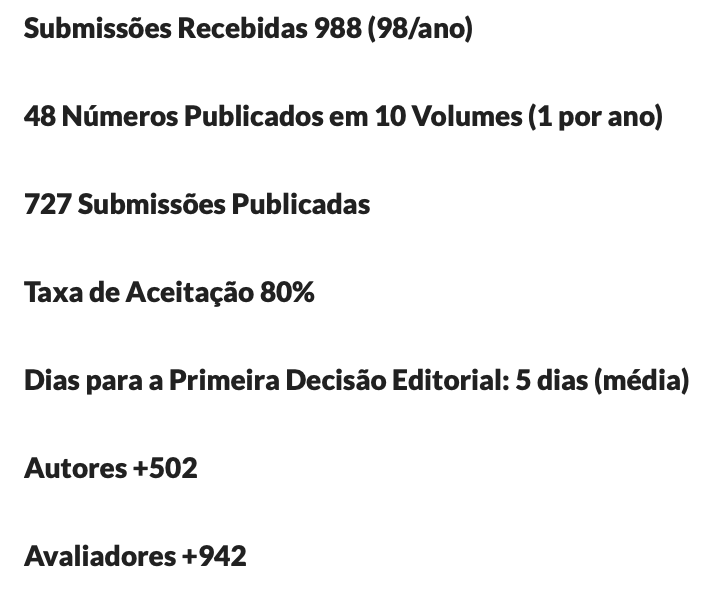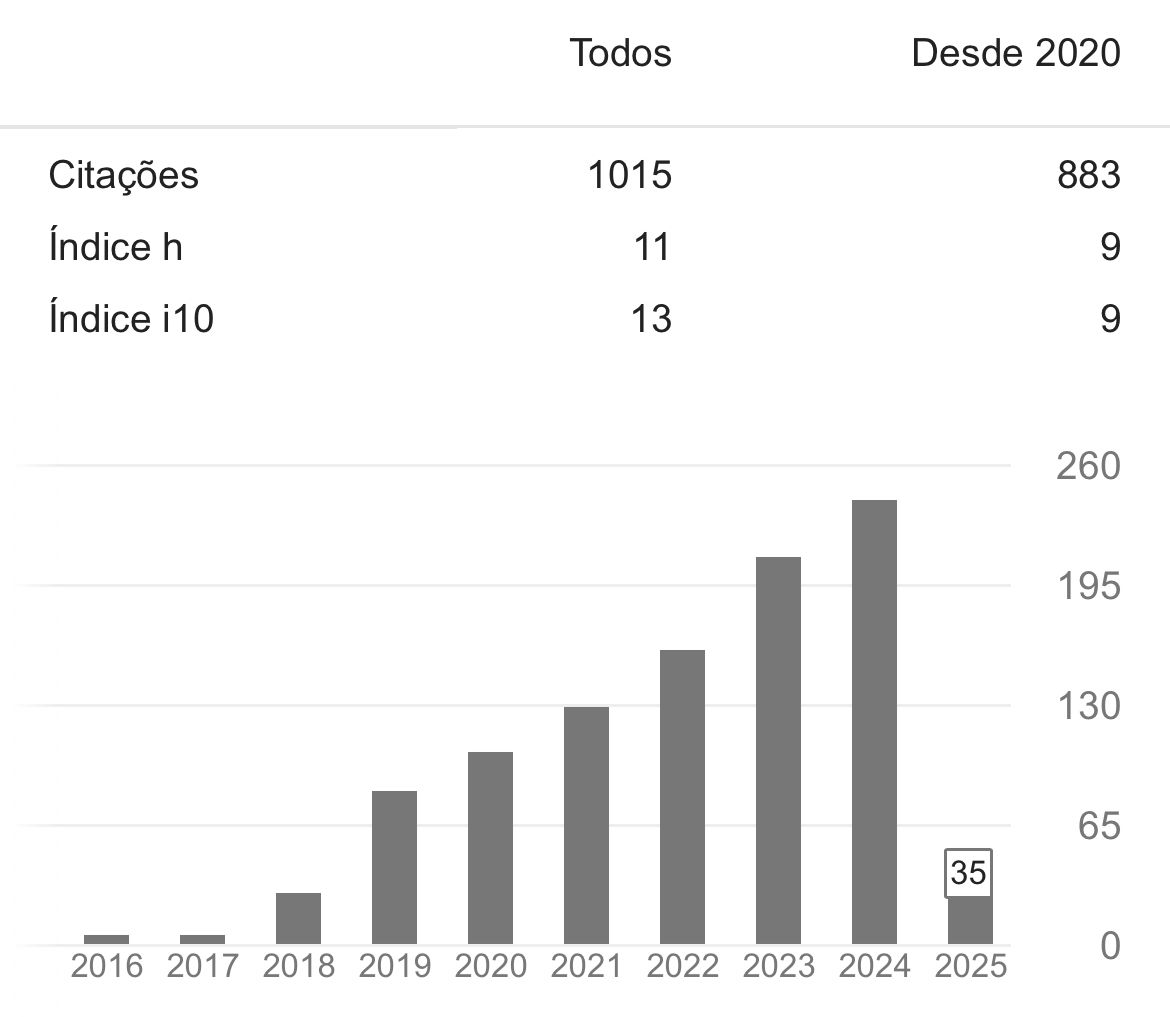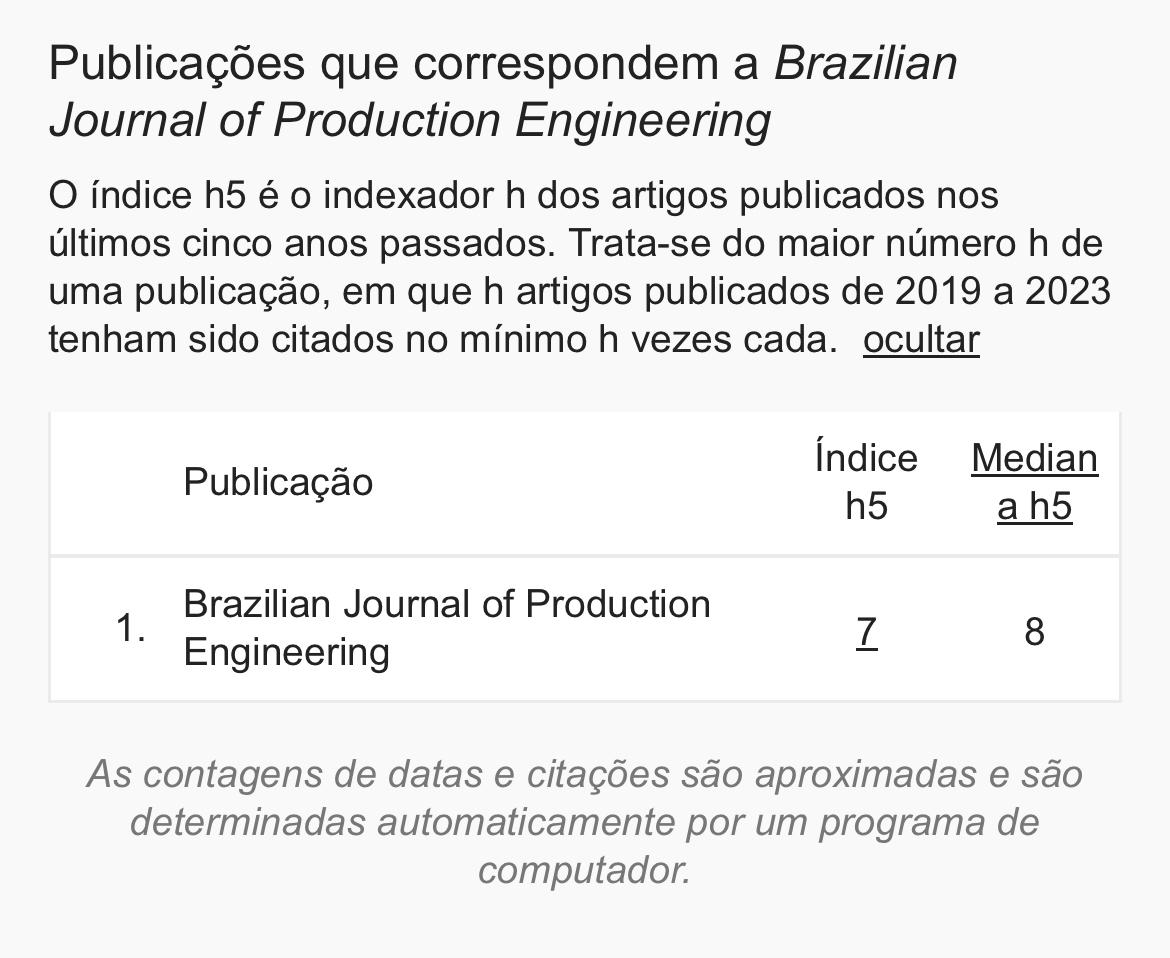Benthic macrofauna under the effect of net cage fish farming in the São Mateus River, southeastern Brazil
DOI:
https://doi.org/10.47456/bjpe.v6i8.31295Keywords:
Environmental quality, anthropic impact, BMWP’, organic enrichmentAbstract
The rapid growth of fish farming in Brazil is due to the high degree of profitability and rapid return on investment. However, the choice of an unfavourable location for the implementation of network tanks can result in the production of low-quality effluents, low concentration of dissolved oxygen, high concentrations of organic matter, nutrients and suspended solids, which affect aquatic environments. In this way, the monitoring of the benthic community can be used as an environmental assessment tool, reflecting changes in the physical, chemical and ecological conditions of the place. Thus, the objective of this study was to evaluate the macrobenthic community under net cage in a stretch of the São Mateus river, ES, in order to detect possible changes resulting from this activity. Five samplings were carried out between February 2011 and May 2012, at four sampling points: under the fish tank, on the opposite marge, 500m upstream and 500m downstream. The samples were collected with a Van Veen grab and the macrofauna was quantified and identified in the laboratory. 195 individuals were found and Oligochaeta and Chironomidae were most abundant. Only temporal variations were detected. The BMWP index showed that the environmental quality of the entire study area is very critical, demonstrating that the environmental degradation of the river caused by several factors, including the release of organic effluents, seems to compromise the local benthic fauna much more than the fish farming itself.
Downloads
References
AGERH - Agência Estadual de Recursos Hídricos. (2018). Recuperado em 24 junho, 2020, de https://agerh.es.gov.br/Media/agerh/Documenta%C3%A7%C3%A3o%20CBHs/S%C3%A3o%20Mateus/Plano%20de%20Bacia/REA_Diagn%C3%B3stico%20Progn%C3%B3stico_CBH%20S%C3%A3oMateus.pdf.
Alba-Tercedor, J. (1996). Macroinvertebrados acuáticos y calidad de las aguas de los ríos. IV SIAGA, Almeria, 2: 203-213.
Almeida, L. B. (2012). Estrutura e dinâmica da comunidade fitoplanctônica em um trecho do rio são Mateus (São Mateus – ES) com piscicultura intensiva (tanques-rede). Trabalho de conclusão de curso, Universidade Federal do Espírito Santo, São Mateus, Espírito Santo, Brasil.
Alongi, D. M., Chong, V.C., Dixon, P., Sasekumar, A., & Tirendi, F. (2003). The influence of fish cage aquaculture on pelagic carbon flow and water chemistry in tidally dominated mangrove estuaries of peninsular Malaysia. Marine Environmental Research, 55(4): 313-333. doi: 10.1016/s0141-1136(02)00276-3.
Assis, M.C. & Freitas, R.R. (2012). Análise das práticas de biossegurança no cultivo de tilápias (Oreochromis niloticus) em região estuarina no sudeste do Brasil. Revista da Gestão Costeira Integrada, 12(4):559-568.
Avnimelech, Y. (1999). Carbon/nitrogen ratio as a control element in aquaculture systems. Aquaculture, 176: 227 – 235. doi: 10.1016/S0044-8486(99)00085-X.
Barbosa, A. C. A., Moura, E. V. M., & Santos, R. V. (2010). Cultivo de tilápias em gaiolas. Empresa de Pesquisa Agropecuária do Rio Grande do Norte, Natal, Rio Grande do Norte, 33p. Recuperado em 1 julho, 2020 de http://files.jornalagroinformativo.webnode.com.br/200000020-415f942597/cartilha_cultivo_de_tilapias_em_gaiolas.pdf.
Barroso, R. M., Muñoz, A. E. P., & Cai, J. (2019). Social and economic performance of tilapia farming in Brazil. FAO Fisheries and Aquaculture Circular, 1181: 1181. Recuperado em 30 junho, 2020 de http://www.fao.org/3/ca5304en/ca5304en.pdf.
Cardoso, A. S., El-Deir, S. G., & Cunha, M. C. C. (2016). Bases da sustentabilidade para atividade de piscicultura no semi-árido de Pernambuco. Interações, 17 (4): 645 – 653. doi: dx.doi.org/10.20435/1984-042X-2016-v.17-n.4(08)
Ceneviva-Bastos, M., Prates, D. B., Romero, R. M., Bispo, P. C., Casatti, L. (2017). Trophic guilds of EPT (Ephemeroptera, Plecoptera, and Trichoptera) in three basins of the Brazilian Savanna. Limnologica. 63: 11-17. doi: dx.doi.org/10.1016/j.limno.2016.12.004.
Clarke, K. R., & Green, R. H. (1988). Statistical design and analysis for a ‘biological effects’ study. Marine Ecology Progress Series, 46: 213-226. Recuperado em 30 junho, 2020 de https://www.int-res.com/articles/meps/46/m046p213.pdf.
Clarke, K. R., & Ainsworth, M. (1993). A method of linking multivariate community structure to environmental variables. Marine Ecology Progress Series, 92, 205-219.
Cornel, G. E. & Whoriskey, F. G. (1993). The effects of rainbow trout (Oncorhynchus mykiss) cage culture on the water quality, zooplâncton, benthos and sediment of Lac du Passage, Quebec. Aquaculture, 109: 101-117. doi: 10.1016/0044-8486(93)90208-G.
Gomes, V. A. P., Rusciolelli, V. B., Silva, I. R. P., Nascimento, J. C., Dadalto, M. C. & Freitas, R. R. (2015). História oral de pescadores da comunidade de Pedra d’Água, São Mateus, ES. Brazilian Journal of Production Engineering, 1(1): 1-3. doi: 10.30712/guara.v1i6.15123.
Griffiths, J.R., Kadin, M., Nascimento, F.J.A., Tamelander, T., Törnroos, A., Bonaglia, S., Bonsdorff, E., Brüchert, V., Gardmark, A., Järnströn, Kotta, J., Lindegren, M., Nordstrom, M., Norkko, A., Olsson, J., Weigel, B., Zydelis, R., Blenckner, T., Niiranen, S., Winder, M. (2017). The importance of benthic–pelagic coupling for marine ecosystem functioning in a changing world. Global Change Biology, 23, 2179–2196, doi: 10.1111/gcb.13642.
Huang, Y. C. A., Huang, S. C., Hsieh, H.J., Meng, P. J., & Chen, C. A. (2012). Changes in sedimentation, sediment characteristics, and benthic macrofaunal assemblages around marine cage culture under seasonal monsoon scales in a shallow-water bay in Taiwan. Journal of Experimental Marine Biology and Ecology, 422-423: 55-63. doi: 10.1016/j.jembe.2012.04.008.
Lin, C. K., & Yi, Y. (2003) Minimizing environmental impacts of freshwater aquaculture and reuse of pond effluents and mud. Aquaculture, 226: 57–68. doi: 10.1016/S0044-8486(03)00467-8.
Mamão, M.A. (2012). Ecologia do fitoplâncton de um rio tropical (rio São Mateus, ES). Dissertação de Mestrado, Universidade Federal do Espírito Santo, São Mateus, Espírito
Martins, A. C. (2016). Como montar um negócio para criação de peixes. Recuperado em 25 junho, 2020, de https://m.sebrae.com.br/Sebrae/Portal%20Sebrae/UFs/RN/Anexos/Aquicultura%20%20Como%20montar%20um%20neg%C3%B3cio%20para%20cria%C3%A7%C3%A3o%20de%20peixes.pdf
Menezes, L. C. B., & Beyruth, Z. (2003). Impactos da aquicultura em tanques-rede sobre a comunidade bentônica da represa de Guarapiranga - São Paulo- SP. Boletim do Instituto de Pesca, 29(1): 77 – 86. Recuperado em 1 julho, 2020 de https://www.pesca.sp.gov.br/Menezes.PDF.
Moura, R. S. T., Lopes, Y. V. A. & Henry-Silva, G. G. (2014). Sedimentação de nutrientes e material particulado em reservatório sob influência de atividades de piscicultura no semiárido do Rio Grande do Norte. Química Nova, 37 (8): 1283 – 1288. doi: dx.doi.org/10.5935/0100-4042.20140203.
Óscar, P. M., Lindsay, R., Trevor, T., & Barquin, L. M. (2003). Water quality requirements for marine fish cage site selection in Tenerife (Canary Islands): predictive modelling and analysis using GIS. Aquaculture, 224:51-68. doi: 10.1016/S0044-8486(02)00274-0.
Paiva, R. P., Casotti, R., Rodrigues, R. L., & Freitas, R. R. (2015). Cultivo e beneficiamento de Oreochromis niloticus e Centropomus parallelus em região estuarina no sudeste do Brasil. Acta of Fisheries and Aquatic Resources, 3(1): 54-64. doi: 10.2312/ActaFish.2015.3.1.54-64.
Pastorino, P., Pizzul, E., Bertoli, M., Perilli, S., Brizio, P., & Salvi, G. (2019). Macrobenthic invertebrates as bioindicators of trace elements in high-mountain lakes. Environmental Science and Pollution Research. 27(6):5958-5970. doi: 10.1007/s11356-019-07325-x.
Pereira, T. A. (2012). Distribuição longitudinal da comunidade perifítica no rio São Mateus (norte do Espírito Santo). Dissertação de mestrado, Universidade Federal do Espírito Santo, São Mateus, Espírito Santo, Brasil.
PROATER- Programa de Assistência Técnica e Extensão Rural (2011). Disponível em: https://incaper.es.gov.br/media/incaper/proater/municipios/Nordeste/Sao_Mateus.pdf.
Rezeno, J. L. (2012) - Impactos da piscicultura sobre a macrofauna bentônica no rio São Mateus, ES. Monografia, Universidade Federal do Espírito Santo, São Mateus, ES, Brasil.
Rotta, M. A., & Queiroz, J. F. (2003). Boas práticas de manejo (BPMs) para a produção de peixes em tanques-rede. Recuperado em 26 junho, 2020, de https://ainfo.cnptia.embrapa.br/digital/bitstream/item/81186/1/DOC47.pdf
Silva, R.F., Silva, J.L.A., Araújo, M.S.B., & Faustino, O, W. C. (2013). Qualidade de resíduo de tanques de produção de alevinos como condicionante de solos do semiárido de Pernambuco: subsídios para gestão ambiental. Gaia Scientia, 7(1): 58-63.
Suguio, K. (1973). Introdução à sedimentologia. São Paulo, Brasil. Edgard Blücher/EDUSP.
Vieira, J. L. M. (2018). Nutrição do tambaqui (Colossoma macropomum, Cuvier, 1818) na região norte do Brasil. Desarrolo Local Sostenible.
Downloads
Published
How to Cite
Issue
Section
License
Copyright (c) 2020 Brazilian Journal of Production Engineering - BJPE

This work is licensed under a Creative Commons Attribution-NonCommercial-ShareAlike 4.0 International License.

















































































